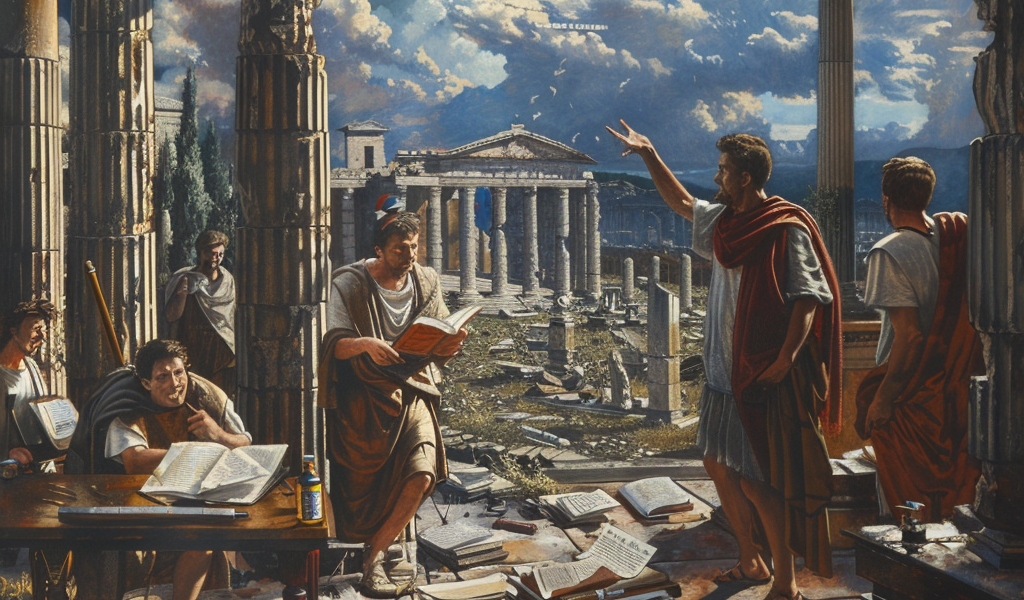Julius Caesar’s Year of Confusion, 46BC, was a pivotal moment in history. The Roman calendar was in disarray, with harvest festivals occurring at the wrong time of year, and months that bore little resemblance to the actual seasons. To address this, Julius Caesar undertook the monumental task of reforming the calendar, aligning it with the Earth’s rotation and orbit around the Sun.
Caesar’s solution resulted in the longest year in history, as he added and removed months, anchored the calendar to the seasons, and introduced the concept of leap years. However, this ambitious project was almost derailed by a miscalculation in Roman mathematics.
The early Roman calendar, with only 10 months starting from March and ending in what is now December, was based on the cycles of the Moon and the agricultural year. The irregularity of this calendar led to complications, with two months of the year not being counted at all, despite the passage of time.
Numa Pompilius, the second King of Rome, attempted to address these issues by adding extra months to cover the winter period, resulting in the creation of January and February.
The Year of Confusion, 46BC, marked a turning point in the history of the calendar, as Julius Caesar’s reforms laid the foundation for the modern calendar system that we use today. Despite the initial chaos and confusion, this period of change ultimately brought about a more organized and accurate way of tracking time.





